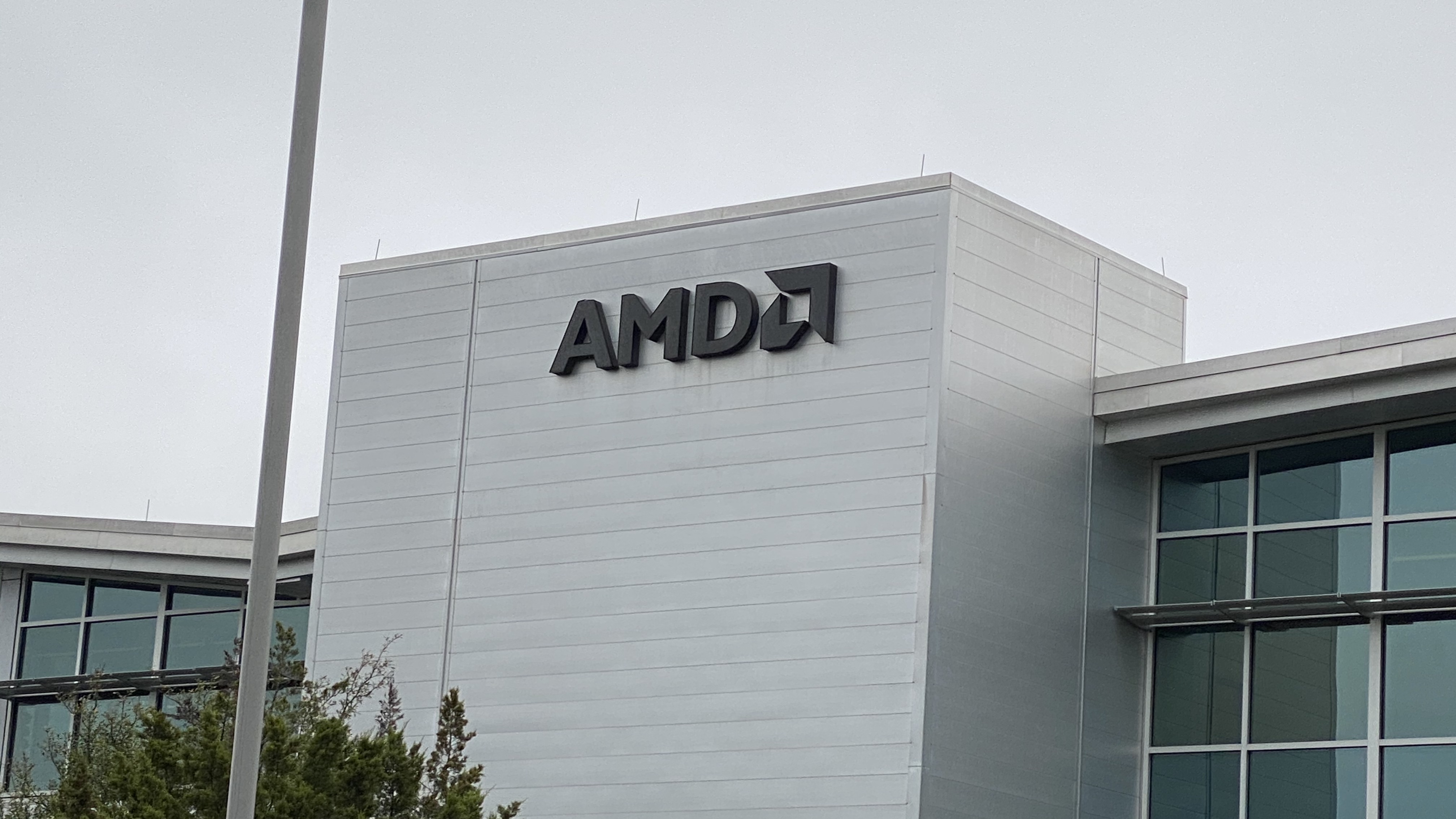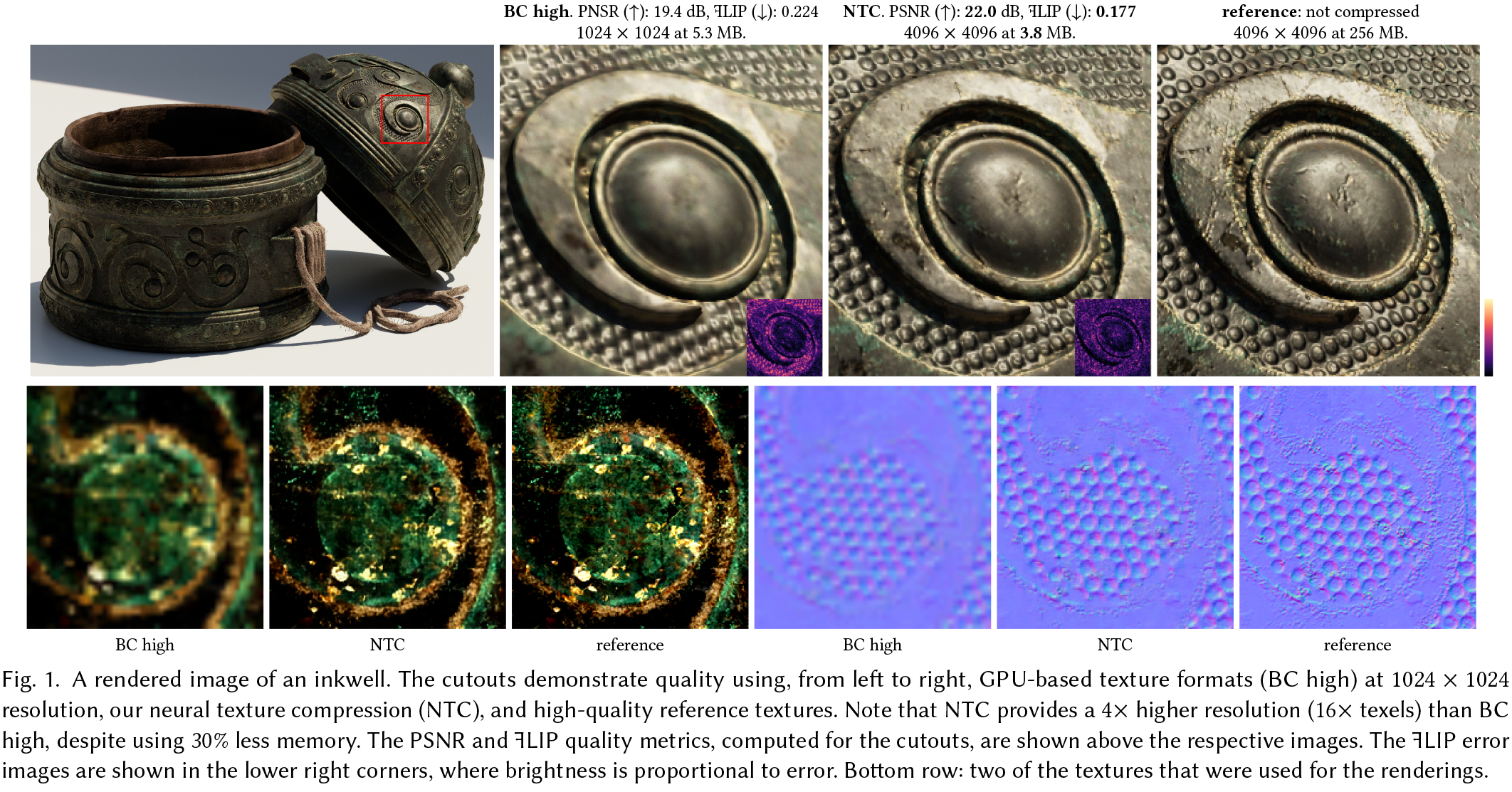
AMD's GPUOpen team has announced its plans to present its new paper, "Neural Texture Block Compression," at the Eurographics Symposium on Rendering (EGSR) on July 2nd. The research is reminiscent of Nvidia's previously announced Neural Texture Compression, which was first published in a paper last May.
The AMD GPUOpen team, represented by S. Fujieda and T. Harada at the conference, will present its new method to "compress textures using a small neural network, reducing data size." AMD's research will likely either replicate or expand on Nvidia's Random-Access Neural Compression of Material Textures paper; both papers focus on neural network-based image compression for video game textures, saving storage space with little visual degradation.
We'll present "Neural Texture Block Compression" @ #EGSR2024 in London. Nobody likes downloading huge game packages. Our method compresses the texture using a neural network, reducing data size.Unchanged runtime execution allows easy game integration. https://t.co/gvj1D8bfBf pic.twitter.com/XglpPkdI8DJune 25, 2024
While we haven't seen anything from Team Red about what its current neural texture compression looks like in action, we have seen very exciting things from Nvidia about its neural texture compression (NTC) research. Nvidia's NTC works by "compress[ing] multiple material textures and their mipmap chains collectively and then decompress[ing] them using a neural network that is trained for a particular pattern it decompresses." From last year's progress, NTC produces a much higher-definition image than traditional "BC" block compression but takes longer; NTC rendered a 4K texture in 1.15 ms compared to 0.49 ms to render a 4K image with BC.

AMD's choice of words when naming its presentation is also noteworthy. "Neural texture block compression" suggests some level of fusion of the traditional block compression used in games today and the neural network-based style of the future. Whether this paper will blend the two technologies or include block compression for easier name recognition remains to be seen.
For better or for worse, AI seems to be the future of innovation in the gaming and graphics world. Nvidia CEO Jensen Huang spoke at a Computex 2024 Q&A about the future of AI in gaming (specifically DLSS, or deep learning super sampling) and shared his goal is for DLSS and similar technologies to do more than upscale graphics but to build out even more a game world. Huang shared that DLSS will eventually fully generate textures and objects and create fresh AI NPCs. AMD's FidelityFX Super Resolution isn't very far behind Nvidia's DLSS in performance today, so next week's presentation will likely indicate how close AMD is to catching up to Nvidia's performance in the software end of graphics.







